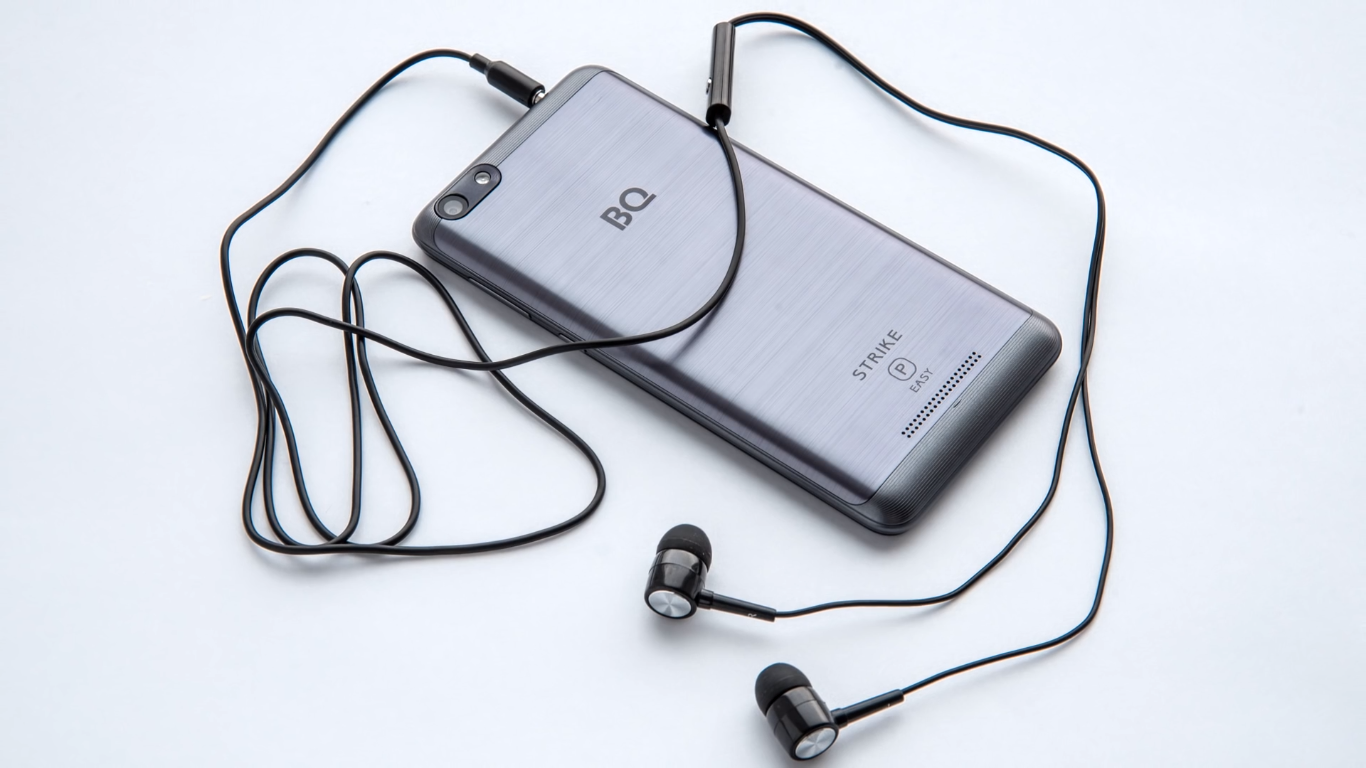Rating of the best kefir for 2020

Eating right is not a desire, but rather a need. It is better to take care of your health, so that later on treatment does not waste a lot of effort and money. Fermented milk products are one of the most important elements of a proper diet. And the most popular of them is kefir. However, let's try to figure out how to choose the best kefir from the many options on the market.
Consumer characteristics of the product
Any product or product has its own characteristics. And they are the main criteria for choosing a product.
Fat content of kefir
Typically, the fat content is 3.2%, 2.5, 1, and zero. with a declared zero fat content, it can be 0.01% fat, this is indicated on the package, often in small numbers. In the presence of gastrointestinal diseases or other chronic ailments, the recommendations of specialists, nutritionists or the attending physician should be taken into account, the drink with what level of fat is most suitable for a person.
Packaging
Any packaging must be leak-proof. Popular companies sell kefir in various packages: cardboard tetra-packs and tetra-fino, plastic bags, plastic bottles and others. Cardboard packaging is more natural and sustainable
Kefirs are produced in plastic bottles, they are convenient to store, but experts in the food industry talk about the dangers of plastic.
Consistency and taste
Taste is a purely individual criterion, some people lack acidity in the chosen drink, others, on the contrary, consider the product too sour. Therefore, you can choose your own kefir only by trial and error.
Consistency also plays an important role if it is not uniform, some people do not perceive such a product. And children especially do not like kefir with lumps.
Content
Even if it is regular kefir, it can contain starch and other harmful substances. A natural product contains beneficial bacteria that have a beneficial effect on the human intestinal microflora. Therefore, it is important to carefully read the label, namely the information on the composition, in order to exclude the purchase of a drink with existing ingredients that are not included in the original recipe.
Preparation method
Milk turns sour and turns into kefir due to fungi. Special starter cultures are added to the milk being prepared. The raw material, milk, can be different: reconstituted from powder, whole, skimmed.

Fungi can be added to milk before or after packing it into containers.When fungi are added to the package, the milk sours right in it, creating a thick consistency. Such kefir will be called thermostatic, and will have a more natural taste, as if it was prepared at home using sourdough. It is not crushed, not mixed, has an uneven consistency. The difference from a non-thermostatic product is that some beneficial bacteria are preserved to a greater extent. This method of preparation ensures that the drink is natural. The manufacturer keeps it in containers for some time in production. Thermostatic kefir has a shorter shelf life, deteriorates faster.
Functionality and purpose of the drink, baby kefir
We are accustomed to the fact that what is good for children is good for adults as well. But this rule is not always relevant. Children have a different intestinal microflora .. In order not to be mistaken when choosing, it is necessary to consult a doctor or a nutritionist, especially if the drink is purchased for the prevention or treatment of diseases. In case of disruption of the gastrointestinal tract system or a decrease in immunity in a child, kefir will be very useful.
Children's kefir differs from that for adults, even in appearance. These products are available in glass bottles or cardboard bags. Plastic is contraindicated here. For baby kefir, milk is brought to the correct acidity. It is enriched with vitamins and microelements. Children's kefir is given up to three years of age, and, as a rule, from 8 months. A baby who was not fed breast milk, but by artificial feeding, can consume it from 7 months. There are products that can be given to children from only three years old. The taste of baby kefir is softer, has a sweetish tint, without a sour taste, it is more expensive.
Some well-known brands that have won a large number of fans make fermented milk products specifically for children. These are the firms Agusha, Fruto Nyanya, Danone, which produces products under the names Activia, Actimel, Rastishka and Prostokvashino. Also Zlagoda, Krepysh, products of the Baby Food Combine and others.
Storage period
The normal shelf life for kefir is 2 weeks. The more natural kefir, the shorter its shelf life. Ready-made kefir rarely has a shelf life of less than 5 days. Homemade kefir is stored for 3 days in the refrigerator, if stored in a bottle - only 36 hours. Opened from the store - 24 hours.
Some buyers are experimenting by keeping kefir longer than the shelf life in the refrigerator, for example, 9 days, when the expiration date is 4. Noticing that it has not deteriorated, they doubt its naturalness, but admit its use. But manufacturers do not advise trying such a product, since it is good in taste and smell, it can have a large number of harmful bacteria, and the experiment can have bad consequences.
Rating of the best kefirs for 2020
House in the village 3.2%

A kilogram packing costs 55 rubles. Made with sourdough from normalized cow's milk. Does not contain preservatives, it is allowed in a carton.
- the taste is very good;
- Safe and free from harmful additives based on research
- a sufficient number of bacteria that are good for the digestive system.
- the lid does not open well, the contents fly apart;
- heterogeneous substance;
- bitter taste;
- Previously, the manufacturer was on the Roskontrol blacklist and the products contained starch, but now everything has changed, judging by new research.
Prostokvashino 2.5%

Branded product sold in the CIS countries. Sold in a plastic bottle weighing 930 or 430 grams. It costs 122 rubles for a large bottle. Made from cow's milk, no preservatives or starch. Stored for two weeks. Energy nutritional value - 51 kcal per 100 grams.
- taste good;
- moderately thick;
- Russian-made products;
- safe and healthy;
- milk powder is normal in quantity.
- some people seem sour;
- relatively expensive.
House in the village 3.2%

Price: 80 rubles.Produced in a plastic bottle, weight - 900 grams. Calorie content per 100 grams - 57 kcal.
- there is no sour taste, good taste;
- convenient packaging, attractive appearance of the label;
- except milk and leaven, there is nothing superfluous in the composition.
- watery substance, according to some buyers.
From the milk of our milking 1%

Plastic bottle, one size, liter. 37 kilocalories per hundred grams. Only milk and sourdough included. It costs 85 rubles.
- refers to inexpensive products.
- the taste quickly deteriorates after opening, becomes bitter on the third day;
- liquid.
Gorodets milk with lactulose 3.5% 400g
Russian-made product, 400 grams for 37 rubles. Volume - 400 ml. Contains a concentrate of lactulose, milk and kefir fungi. Stored for 5 days. Sold in a plastic cup.
- convenient packaging:
- the presence of lactulose;
- small price.
- everyone knows about the benefits and dangers of food grade material such as plastic.
Thermostat "Bari-Luys"
Thermostatic, in a 0.5 l glass bottle. In addition to milk and kefir fungi, there is nothing superfluous. Can be stored for up to a week. Cost: 60 rubles.
- inexpensive;
- can be added to dishes, for example, okroshka;
- packing materials are not harmful.
- some consumers do not like the consistency of thermostatic kefir.
Coal field 3.2%
Price - 74 rubles for 400 g. Cardboard packaging tetra-pack. Contains only milk and starter cultures. Stored for 6 days, but after opening you need to drink within 24 hours.
- tasty, healthy.
- expensive.
Slavic traditions 3.2%
It costs 83 rubles. Plastic bottle, contains 1 kg of product. As for the calorie content, the indicator: 55 kcal per hundred grams.
- natural ingredients, nothing superfluous;
- can be ordered online without leaving home.
- manufacturer outside the country (Belarus).
Cheburashkin brothers fat-free 0.1%

Lightweight, low in fat. Sold for 83 rubles. Plastic bottle, 500 grams.
- tasty and healthy;
- made from fresh milk;
- it is worth paying attention to the fact that light kefirs are expensive.
Vitebsk milk 1%
In a carton pack "pure-pack" the product is packaged in half a kilogram, sold for 42 rubles.
- good taste, high quality;
- free delivery to the Moscow region, despite the fact that the products are manufactured outside the country.
- in some home shops you can order only in bulk, you should note this feature, do not make mistakes when choosing.
The best baby kefirs: selection 2020
Fermented milk products for children differ from those intended for adults and are not of low quality. But only a few have caught on and are worth considering.
Agusha comfortable digestion 3.2%

200 gram cardboard box for 28 rubles. Can be given to children at least eight months old. Does not contain dyes, preservatives, only milk and sourdough.
- good taste, children love (as well as adults and animals, as buyers say);
- excellent consistency, uniform.
- no significant ones.
Agusha comfortable digestion biokefir 3.2%

Weighs 204 grams. It costs 34 rubles. Contains probiotics. Packaging - tetra-pack, cardboard. A product made from cow's milk. They feed children at least 8 months old. Not stored after opening.
- undoubtedly like children;
- inexpensive.
- inferior in taste to some other brands;
- after opening it is not stored at all.
Agusha for children over 3 years old 3.2%
Sold in a cardboard box 204 grams at 31.5 rubles. Contains only milk and sourdough.
- natural product.
- it is possible for children from only three years old.
Tender age 3.2%

Plastic bag 250, 800 grams. The composition contains whole and skim milk, starter cultures.
- good and delicate taste, good for children;
- natural;
- feeling of lightness in the stomach after consumption (adults);
- availability problems;
- the packaging is not very convenient;
- only stored for 4 days
VkusVill 3.2%
The carton contains 210 grams of the drink, sold at a price of 33 rubles. In the composition - normalized milk and ferments. Keeps only 6 days. Suitable for babies over 8 months old.
- like children, it has a good taste and a uniform consistency;
- can be added to dishes: pancakes, okroshka.
- not stored for long.
Kefir is a tasty and healthy product, but this is only provided that it is made in accordance with the original recipe and established technology.
new entries
Categories
Useful
Popular articles
-

Top rating of the best and inexpensive scooters up to 50 cubic meters in 2020
Views: 97661 -

Rating of the best materials for noise insulation for an apartment in 2020
Views: 95022 -

Rating of cheap analogues of expensive drugs for flu and colds for 2020
Views: 91750 -

The best men's running shoes in 2020
Views: 87680 -

Top ranking of the best smartwatches 2020 - price-quality
Views: 85091 -

Best Complex Vitamins in 2020
Views: 84801 -

The best dye for gray hair - 2020 top ranking
Views: 82406 -

Rating of the best wood paints for interior use in 2020
Views: 77202 -

Ranking of the best action cameras from China in 2020
Views: 75269 -

Rating of the best spinning reels in 2020
Views: 74827 -

The most effective calcium supplements for adults and children in 2020
Views: 72462 -

Top rating of the best means for male potency in 2020 with a description
Views: 68296









